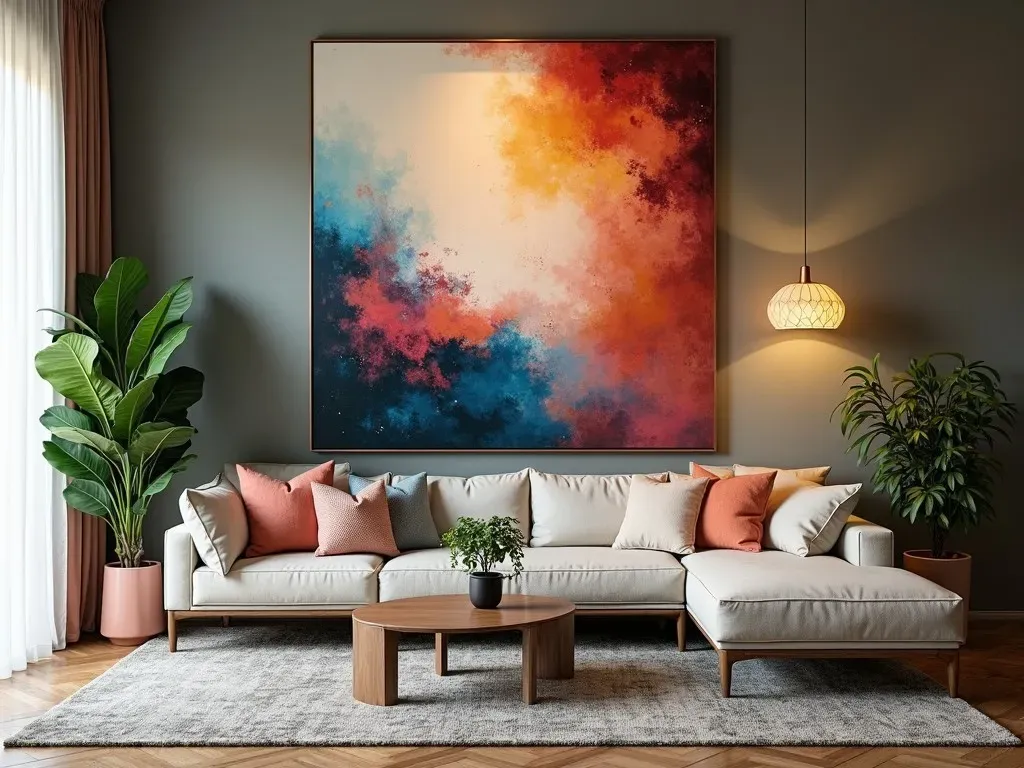Large art paintings for sale
When it comes to enhancing the aesthetics of a room, few options are as striking as large art paintings. Whether you are an art enthusiast or simply seeking to elevate your home décor, the availability of large art paintings for sale presents an opportunity to make a significant statement. From bold abstracts to captivating landscapes, oversized artworks can serve as the focal point of any space. Here’s everything you need to know about sourcing and selecting the perfect large artwork for your needs.
Diverse Options at Your Fingertips
The market for large art paintings is vast and varied. Here are some popular categories you might explore:
- Abstract Art: Bold colors and shapes that invite interpretation.
- Landscape Paintings: Peaceful scenes that bring the beauty of nature indoors.
- Portraits: Striking representations of individuals or cultural icons.
- Modern Art: Trendy, contemporary pieces that incorporate modern elements and media.
With an ever-expanding range of styles and genres, art enthusiasts are spoiled for choice when it comes to finding large paintings that resonate with their personal taste.
Key Facts and Figures Related to Large Art Paintings Market
| Market Segment | Estimated Value (2023) | Growth Rate (CAGR) |
|---|---|---|
| Fine Art Market | $67 billion | +7.4% |
| Online Art Sales | $9.5 billion | +15% |
| Large Paintings | $10 billion | +8% |
According to recent reports, the demand for large art paintings is on the rise, driven by the increasing popularity of online art sales and the trend of home decoration through personalized art pieces.
Best Platforms to Find Large Art Paintings for Sale
-
Giant Art
- GiantArt.com: The largest online collection of oversized wall art with a variety of styles, including canvas prints, art prints, and framed artworks.
-
iCanvas
- iCanvas.com: Enjoy sales of up to 50%, with thousands of large art options designed to cater to diverse tastes.
-
Great Big Canvas
- GreatBigCanvas.com: Specializes in high-quality large canvas prints, making it easy to find the perfect piece for any room.
-
Etsy
- Etsy.com: A marketplace for unique and original large paintings, allowing you to connect with individual artists and collectors.
Selecting the Right Large Painting for Your Space
When choosing a large painting, consider the following factors:
- Theme and Color Scheme: Match the artwork with the existing color palette of your room.
- Size and Scale: Ensure that the painting’s dimensions fit comfortably within your space, enhancing rather than overwhelming it.
- Style and Décor: Select art that complements your interior design, whether it’s contemporary, traditional, or eclectic.
Benefits of Purchasing Large Art Paintings
- Focal Point Creation: Large art pieces can transform a bland space into a visually captivating environment.
- Emotional Resonance: Art evokes emotions and can enhance the mood of a room.
- Investment Value: Quality artwork can appreciate over time, making it a smart financial choice.
Unique Ideas for Displaying Large Art
- Gallery Wall: Create an art gallery feel by pairing large paintings with smaller pieces.
- From Floor to Ceiling: Position oversized art from the floor upward to draw the eye and create an illusion of height.
- Integrated Lighting: Use spotlights to highlight your artwork, creating a dramatic visual experience.
Frequently Asked Questions (FAQ)
1. How do I determine the right size of artwork for my wall?
When selecting the size of a painting, adhere to the rule of thirds. A painting should occupy 60-75% of the wall space for balanced aesthetics. Measure your wall and visualize sizes using painter’s tape.
2. Can I mix styles of large art paintings in one room?
Yes! Mixing different styles can add depth and character to your space, as long as you maintain a common theme or color palette.
3. What is the best way to maintain large oil paintings?
Large oil paintings should be kept away from direct sunlight to prevent fading. Dust them gently with a soft cloth and avoid using harsh chemicals.
4. How can I tell if an artwork is original or a reproduction?
Check for artist signatures, provenance, and certificates of authenticity to determine if a piece is original. Reproductions often lack such documentation.
5. Where is the best place to hang a large painting?
Ideal locations include walls above sofas, beds, or in entryways where they can serve as conversation starters. Aim for eye level to maximize impact.
The Bottom Line
Finding the perfect large art paintings for sale doesn’t have to be a daunting task. With countless options available online and clear guidelines on selection and display, you can confidently choose pieces that resonate with your style and elevate your living space. Whether it’s an abstract masterpiece or a striking landscape, large art can significantly enhance the ambiance of your home, making every day feel more vibrant and inspiring.
